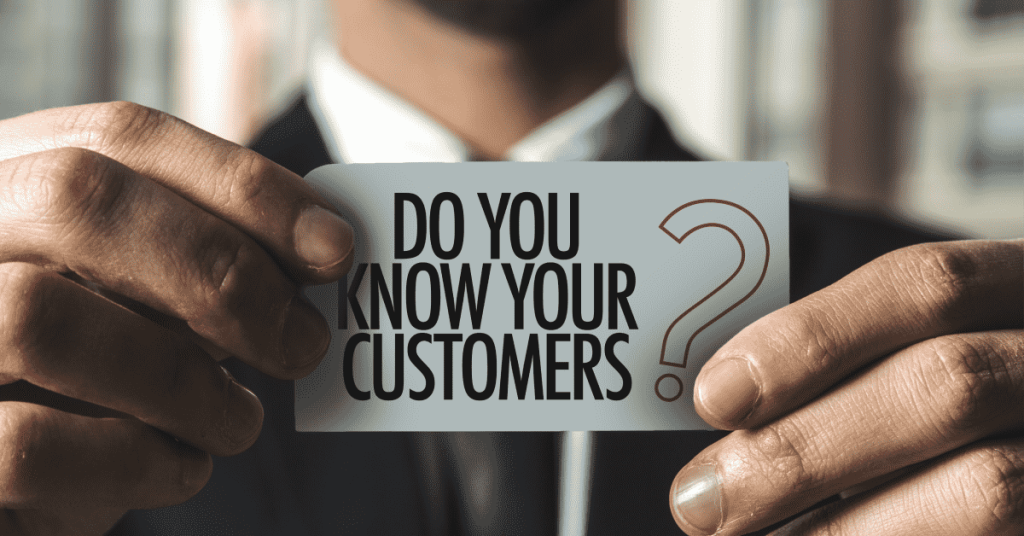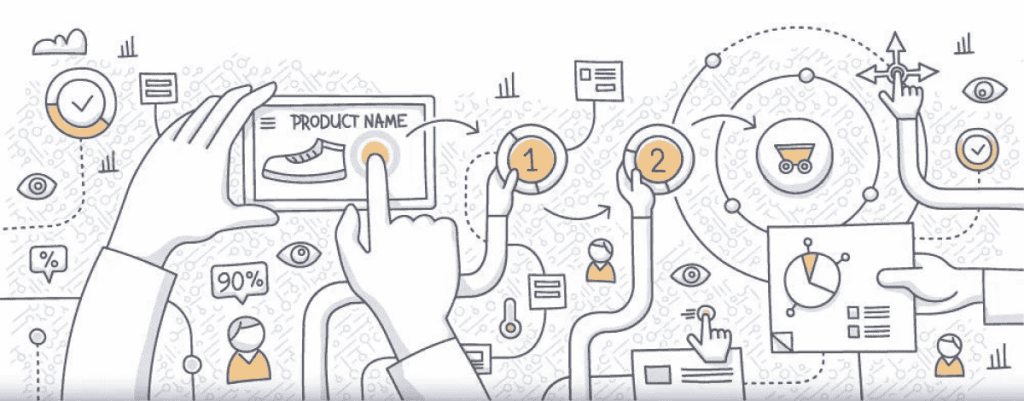Our Location
304 North Cardinal St.
Dorchester Center, MA 02124

In the design of a new application or product, there are no concepts or perspectives as thoroughly essential and central as those contained within the discipline known as “UX.” Short for “user experience” UX combines elements of psychology, behavioral economics, design, and other disciplines to focus on the user’s total experience of and with a product.
Steve Jobs once said: “You have to start with the customer experience and work backward to the technology”. What he meant was that products, apps included, are made for people, and they must be designed with this in mind from the beginning of their lifecycle. Unfortunately, many developers design “idea-out,” focusing on the technology first, and never thinking about the user who will ultimately use the product.

Common to all good UX design is a deep, intuitive, and data-driven understanding of behavioral psychology. User psychology and common behaviors drive all of the components of leading UX.
A rich understanding of user behavior and psychology does not arise from the ether, fully-formed, and ready to be plugged into your latest application though. It must be developed, either through the research of others or your properly-gathered data.
This research takes various forms (market-, competitor-, and user-research), can benefit from a variety of strategies (archetyping and persona-creation), and will ultimately take on an iterative and repetitive flavor.
The data, if properly and fully collected and recorded, should ultimately lead you to insights regarding aspects of the product as dissimilar as visual design, user interface, and information architecture. The ultimate goal is for the application or product to deliver an experience that provides perceived value to the end-user.

If you want to take your business to the next level, you have to identify, understand, and reach your target audience. Whether you use advanced analytics software, eye-tracking cameras, or simple Excel spreadsheets, you’ll need to record and capture user behavior in order to conclude how the end-user interacts with your product. Keep in mind though that optimizing your UX is a process. Nothing can be perfect right out of the gate, and it is the process of discovering and harnessing user behavior that adds value to product development.
Regardless of your product, you’ll want to begin with a few questions before you create a process for upgrading or enhancing your UX:
These are merely examples, as the questions you need to ask yourself will depend on the product or application you have in development, or wish to develop. The point is that you’ll want to have a clear idea of your mission, values, and objectives before you undertake a UX design process.

While you wait, others are optimizing their UX. If you want your business to grow, you have to optimize your UX and give your users a reason to come back. Also, the adage “time is short” applies in more ways than one. Users don’t like wasting time on a product that doesn’t meet their needs or is too complicated. That is why following the guidelines of UX design is so important.
Here is another cliche for you: “Time is money.” Please don’t waste it! Users most certainly will not give you a second chance. As you can see the window of opportunity for seizing the attention of customers is very short. So the longer you wait to update your UX, the more missed opportunities you will have.

Every successful business has to keep its UX at the forefront of their minds. They have to optimize their UX over the days, months, and years. That is the only way to ensure that the users keep coming back. So keep in mind that no matter how complicated your product is, to the user, it must be simple and easy to learn. It must solve a user problem and do so in a simple way. If you can achieve this, you will have loyal users that keep returning.
When you want to grow, you have to learn about your target demographic to market your product successfully. UX is not something that you do once and for all. Things change and, with them, your UX should change too. You have to be on top of current trends, changes in user base, changes in competition, and changes in the market. It is a process of optimization that aims for perfection but can never reach it. The final objective of UX is a simple, elegant, and enjoyable experience for the users. Achieve this, and you will achieve success.
Thank you for reading this to the end, please hit the “like” and “share” if you found this article useful and let me know your thoughts or questions in the comments below.
Next time, I’d like to go deeper with some thoughts about the most common mistakes made in UX design.